In my project I use OpenH264 codec, which is said to output data in the YUV 4:2:0 planar format. After decoding I get one array with width * height * 1.5 elements, which, when displaying, looks like this image:
http://o3d.googlecode.com/svn/trunk/samples_webgl/assets/shaving_cream.png
Why there are four areas below the main one (which contains Y - responsible for grayscale - elements ), instead of two, like on my second picture? Is that mean that the format is different or am I wrong and my world just collapsed?
I thought that the resoult should have looked like this:


